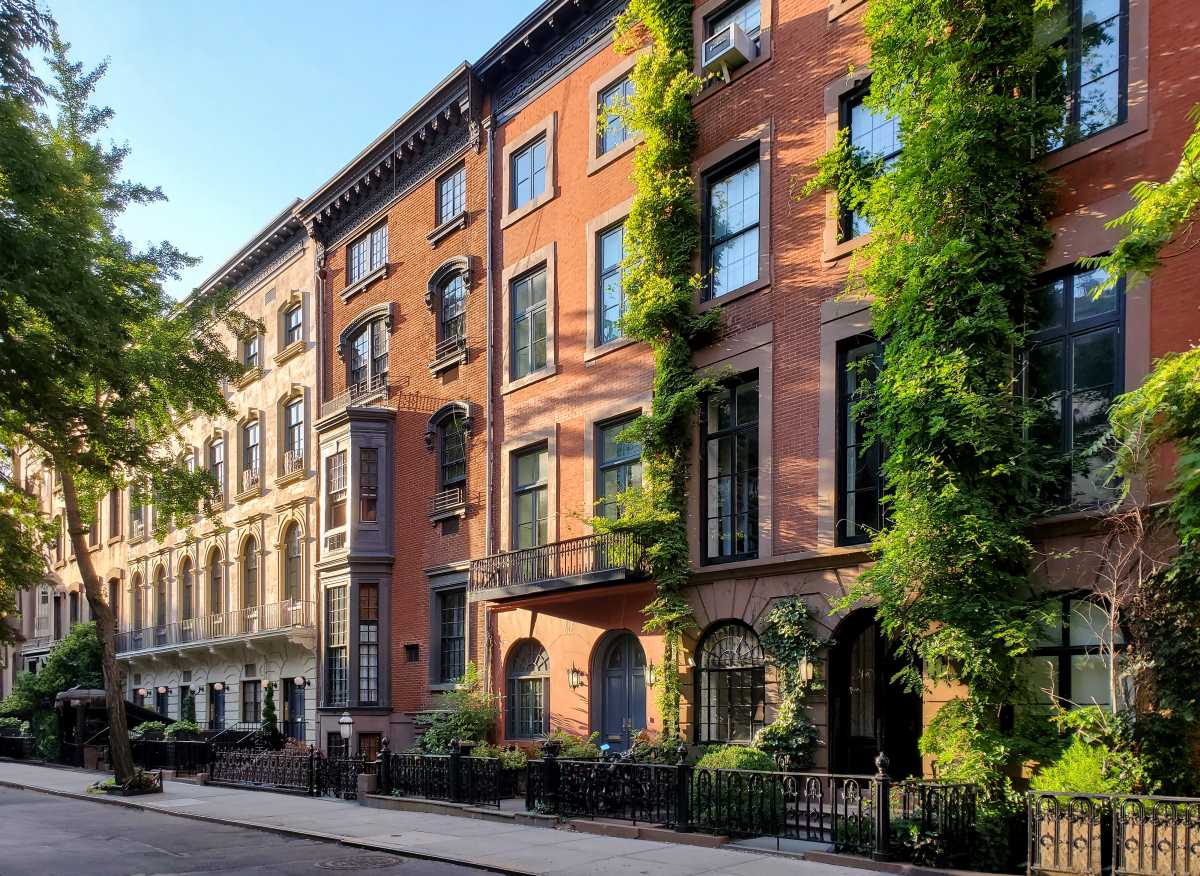
BY FRANK SARACINO | It’s mid-August and time to start thinking about co-ed Majors Division fall baseball. Fall baseball? It’s still summer!
No matter. Labor Day is around the corner and fall baseball will be starting soon. On a day in late August, out goes an e-mail blast telling the Greenwich Village Little League parents that it’s time to sign up. It’s the Tuesday after Labor Day and the league coordinators must go to work monitoring registrations, soliciting manager candidates, determining how many teams we can field, making up the teams, and setting the schedule. The first game is on Sept. 13, less than two weeks away.
Fast-forward to the present, and it’s now November, and there are three games left, weather permitting. I sit here thinking: Where did the season go? Why do we play baseball in the fall, if it’s a spring sport? Did we have fun? Did we learn anything? Is it too cold to play the rest of our schedule?
First, some background. Every year, G.V.L.L. holds a 10- or 11-week fall baseball season with games at J.J. Walker Field and Pier 40. The level of play is Little League Majors, co-ed and, age levels 9 to 12. Yes, quite a wide age range, which makes for an interesting mix of talent, size and experience. In addition to G.V.L.L. families, the league opens registration to kids from the Downtown Little League and Peter Stuyvesant Little League. For the 2014 season, the league has successfully fielded six teams with roughly 13 kids per team. Five of the managers are from G.V.L.L. with one from D.L.L.
The fall season is purely recreational, not competitive. We don’t keep standings and there are no playoffs or trophies. We focus on instruction and playing for the love of the game. However, we play full games, employ umpires and everyone wants to win.
It’s great for the younger kids, ages 9 and 10, since it gives them a chance to play with Majors Division-level rules — such as stealing and advancing bases on passed balls or wild pitches — without the pressure of the regular season.
For the older kids, fall is a time to hone their skills and try out new positions. Over all, we help prepare kids for the upcoming spring season, in which the games are more competitive. Most important, fall ball is a lot of fun.
We aim to teach. Thus, managers can call a timeout after a play, then come on the field to give instruction to a fielder, hitter or base runner. We also encourage many of the experienced players to assist with midgame instruction. The older kids help position the younger infielders and outfielders. They also give pointers, reminding the less-experienced players what to do when the ball is hit to them. This rapport is appreciated by both the younger and older kids.
The balance of fun and competition is always a delicate one. We want our kids to be competitive, but not to the point where the games are no longer fun. Fall baseball gives the kids the benefit of both in an instructional environment.
So, thinking about my original questions:
Where did the season go? Life moves forward quickly and our kids are growing up too fast.
Why do we play baseball in the fall, if it’s a spring sport? Love of the game, a desire to improve and to have fun.
Did we have fun? The kids and coaches alike answer, Yes, whenever asked.
Did we learn anything? Clearly, we did. This is evident in the younger kids’ improved level of play.
Is it too cold to play the rest of our schedule? Likely, yes…but, let’s see… .
Saracino coordinates G.V.L.L.’s spring Majors A Division and fall Majors Division, and is also the G.V.L.L. treasurer and a longtime manager.






























